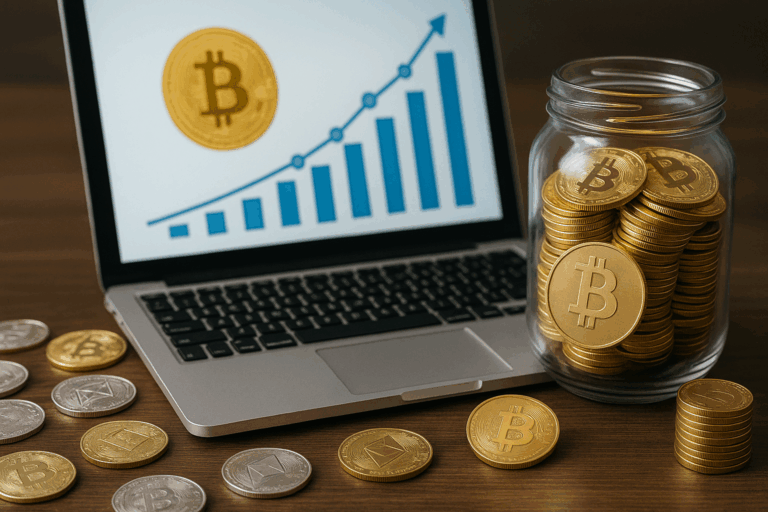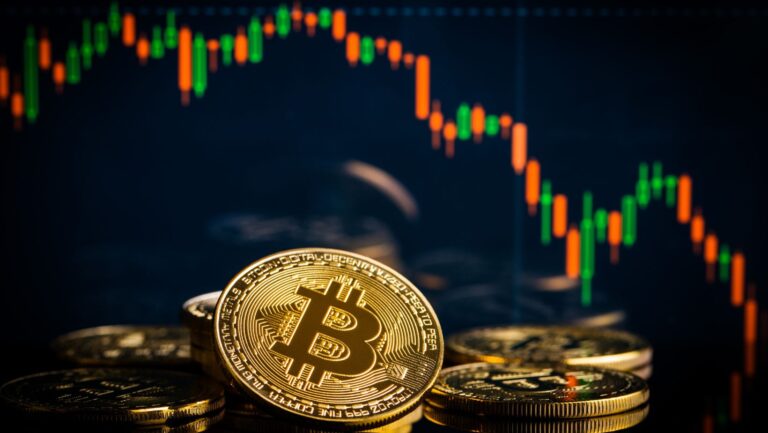A new wave of digital asset activity is quietly changing the global financial landscape. Recent data from industry researchers shows that cryptocurrency adoption in the United States jumped by about 50% this year. That has pushed the total transaction volume past the $1 trillion mark. The surge reflects a mix of growing institutional interest and consistent engagement from everyday users. This shows how crypto continues to play a major role in our economy.
Institutional Inflows Strengthen Market Stability
Analysts say several factors are behind the sharp rise in US crypto activity. Clearer regulations and a renewed push from big investment firms have helped restore confidence in the market. Institutional inflows through regulated exchanges and exchange-traded products rose significantly throughout 2025. This helped stabilize prices after a few years of sharp volatility.
Market observers have noted that stronger compliance standards are making it easier for traditional financial players to explore blockchain-based assets. This shift has brought cryptocurrency trading into broader investment portfolios. Consumer platforms are also seeing more newcomers trying out digital assets for the first time.
The result is a more mature market structure, one where professional oversight and retail enthusiasm work together. Experts believe this balance could define the next stage of crypto’s evolution. By blending innovation with responsible regulation in a way that appeals to investors and policymakers.
Retail Interest Expands
While large institutions add credibility and stability, everyday users remain the heart of adoption. Data from analytics firms shows that retail engagement continues to grow for reasons far beyond speculation. Cross-border payments, decentralized finance, and token-based gaming all gained momentum this year. This has been particularly noticeable in people gaining access to education around blockchain technology.
One area seeing consistent traction is blockchain-based entertainment and gaming. This is where digital assets can act as both currency and reward. The rise of platforms such as crypto casinos and other tokenized gaming ecosystems, for example, is giving users a new way to interact with blockchain technology. The benefits for crypto users include faster transaction speeds, privacy, security, and transparency. These trends show that the appeal of crypto goes well beyond trading. It is connecting with wider parts of the online economy.
This increasing use also highlights a stronger understanding of how crypto is simplifying transactions across borders. With near-instant settlement and low fees, digital currencies continue to attract users who value efficiency and independence in financial dealings. It reflects a broader cultural shift toward fintech tools, as crypto becomes less niche and more of a normal part of everyday finance.
India and Southeast Asia Lead in Growth
While the US remains the largest market by volume, much of the most dynamic activity is taking place elsewhere. India and several Southeast Asian nations are outpacing Western markets in crypto adoption. Analysts suggest that this is due to the widespread use of mobile financial apps these days and a tech-savvy population.
Blockchain transaction data from India shows that local usage has tripled in just two short years. Pakistan, Vietnam, and the Philippines have also seen major gains, mostly driven by remittance transfers and micro-investing platforms. In these regions, many people have turned to digital assets. This has gone a long way to help people cope with unstable local currencies.
Experts believe that there is a pattern to be seen here that highlights how resilient decentralized finance has become. Even in places where regulations are still uncertain, people are finding creative ways to participate. Mobile wallets and peer-to-peer exchanges allow users to access global markets regardless of local banking limitations.
Stablecoins Connect Old and New Finance
As cryptocurrency use grows, stablecoins are becoming an important link between the old world of finance and the new world of blockchain. These digital coins are designed to hold a steady value, and more than 90% of them are tied to the US dollar. This strong connection shows how much people trust dollar-backed digital money.
This year, stablecoin transactions hit record levels, proving how central they’ve become in moving money between regular currencies and crypto systems. Experts explain that stablecoins add both liquidity and stability to digital markets. Because their value doesn’t jump around like other cryptocurrencies, people and businesses can send money quickly across countries without worrying about sudden price changes.
For many in developing countries, where local currencies can lose value fast due to inflation, stablecoins offer a more reliable and safe choice.
The growth of stablecoins also points to a bigger shift in how global payments might work in the future. Banks and large financial institutions have been experimenting with stablecoin-based systems. This could see money transfers soon becoming faster, simpler, and cheaper for everyone.
Regulation Boosts Global Confidence
Policy clarity continues to shape crypto’s global expansion. In the United States, new legislation focusing on investor protection and transparency has eased a lot of uncertainty. Regulators have been noticed to be collaborating with blockchain developers and exchanges to create rules while still ensuring accountability.
Due to this cooperative type of approach, the crypto market has drawn new capital and improved trust from the public. The inclusion of crypto-focused products within mainstream financial systems marks a big shift, too. It shows that digital assets are moving from a speculative stance into the established financial sector.
The Outlook for 2026 and Beyond
Since more people around the world are using crypto, many experts think this trend will keep growing through 2026. The mix of new technology and what users want is helping crypto change from a niche financial system to a solid position in the global financial system.
The huge jump in transactions, especially in the United States, shows that digital money isn’t just an experiment anymore. With support from both large investors and everyday people, the crypto market shows all the signs of flourishing.





